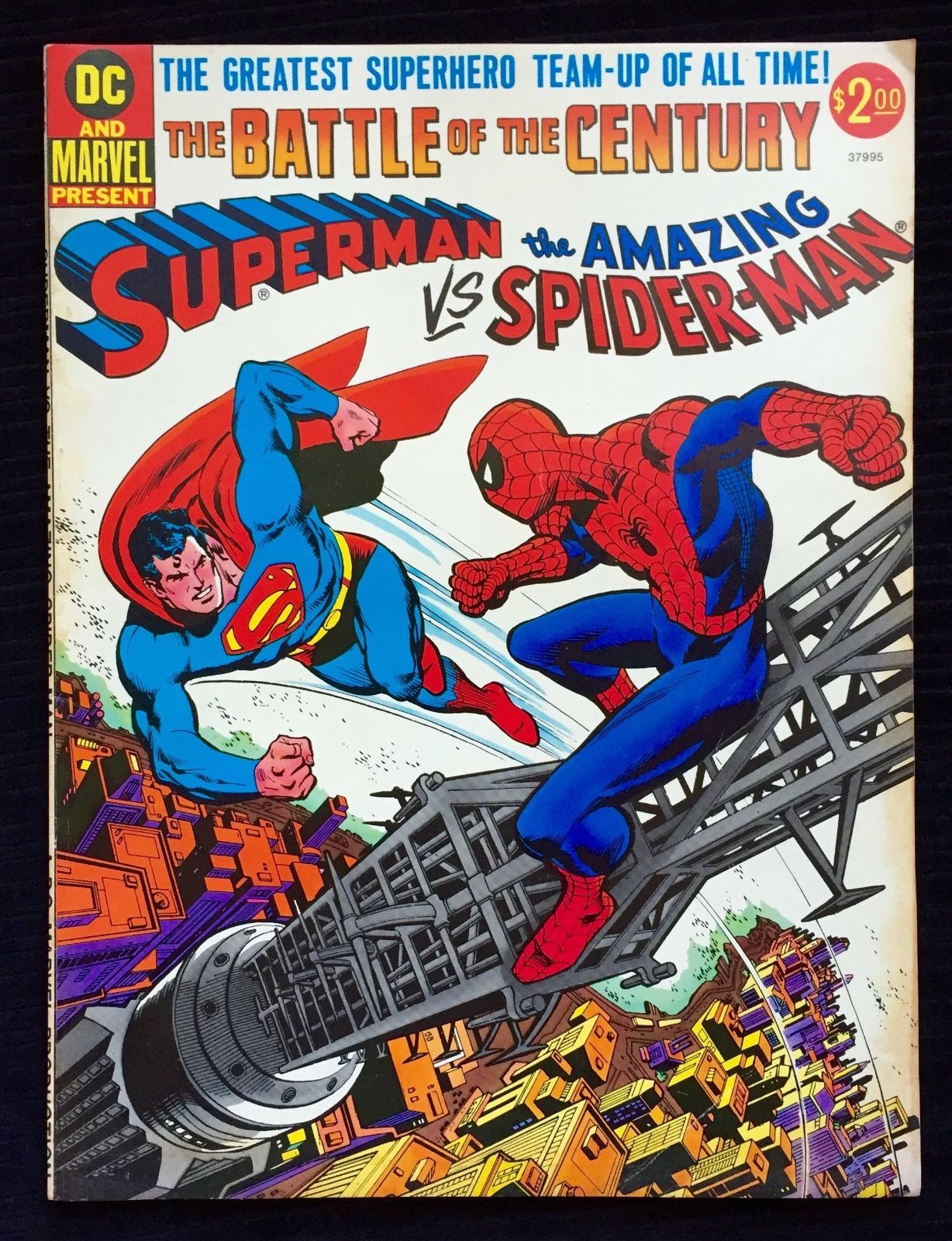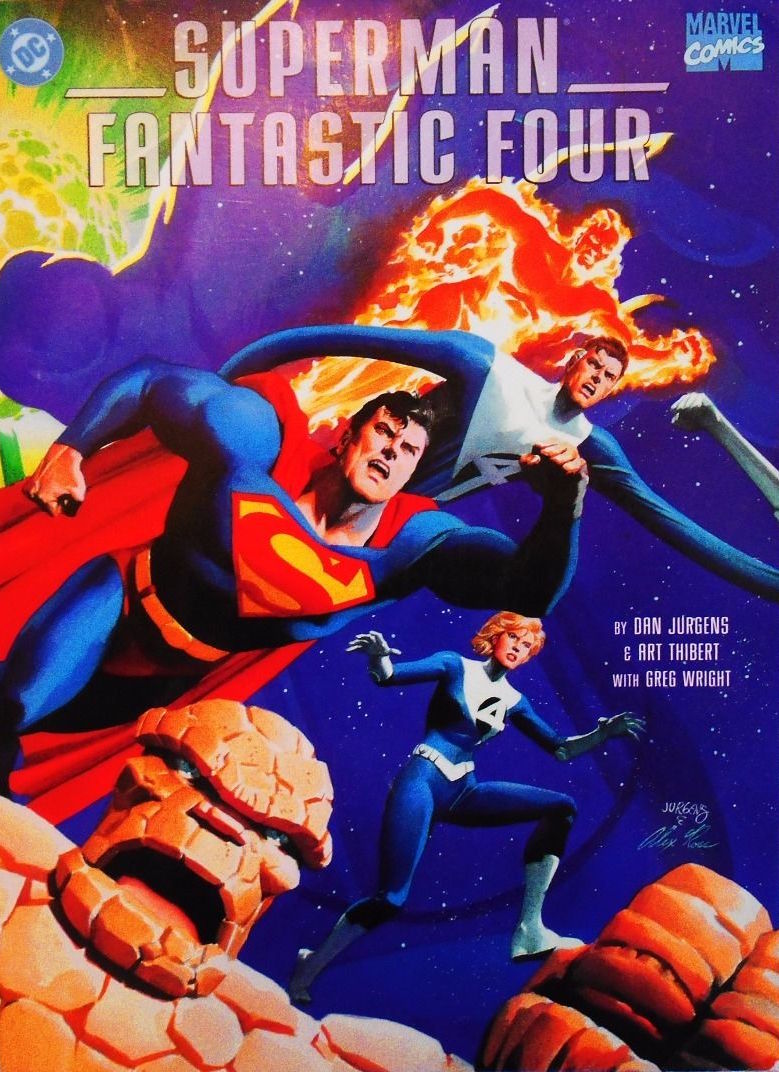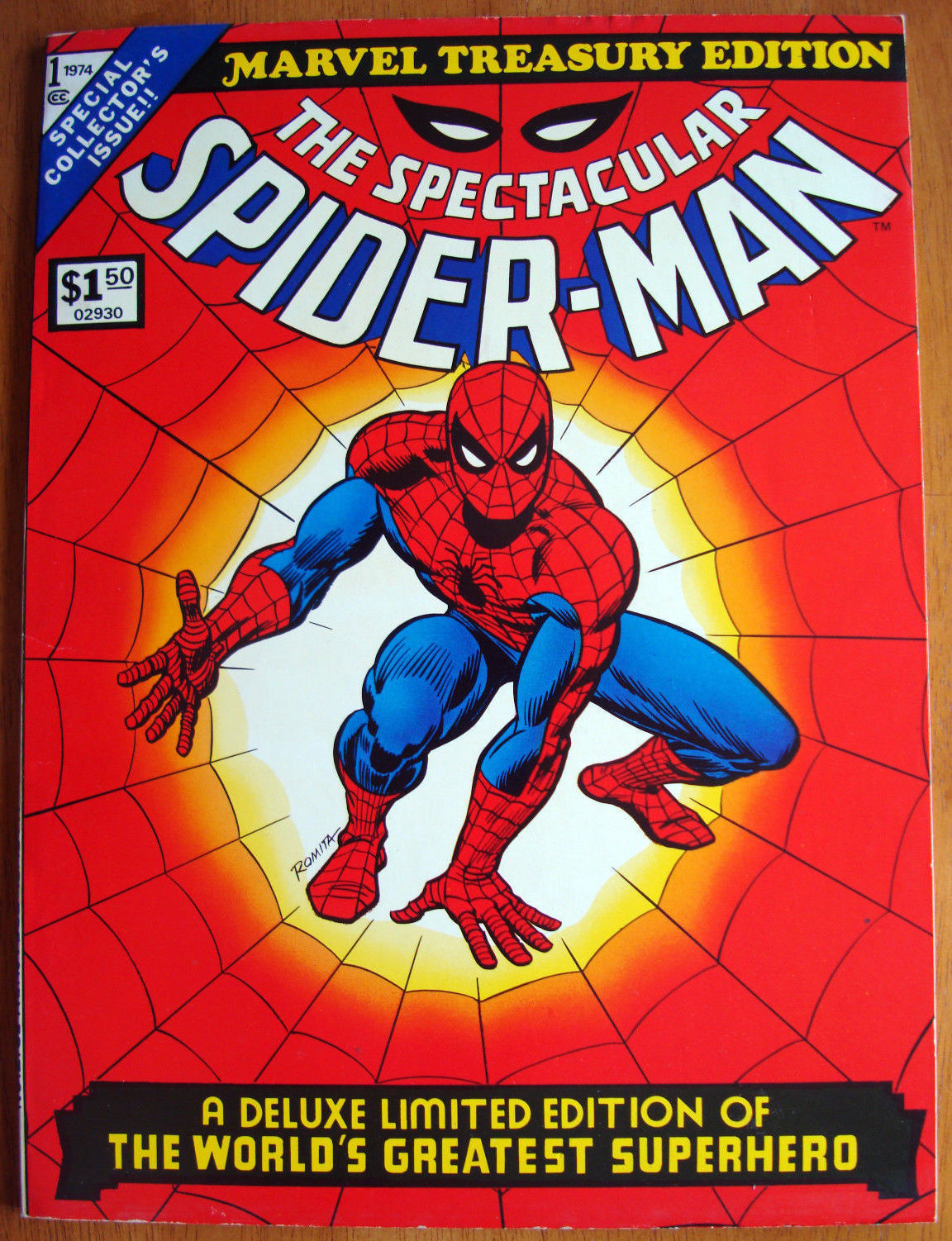The modern maven of treasuries waxes rhapsodic over a welcome announcement from Marvel.

—
UPDATED 6/14/16: Marvel’s Spidey All-New Treasury Edition is due out this week, so it seemed a good time to re-present Rob Kelly’s affectionate history of the format. — Dan
—
By ROB KELLY
It’s Amazing. Spectacular, even.
What am I talking about? Just the 10-x-14-inch-size bombshell Marvel dropped on us today, announcing that they will publish a new Marvel Treasury Edition, collecting the first five issues of their Spidey series by Robbie Thompson and Nick Bradshaw. As the creator of the TreasuryComics.com site, I am pleased as punch that the House of Ideas is returning to a format they abandoned over 30 years ago.
The treasury format has been part of comics since the earliest days of the medium, but for most people of a certain, ah, vintage, “treasury comic” basically means the classic oversize books DC and Marvel published in the ’70s and early ’80s. Both companies started out filling the books with reprints sandwiched between new covers and the occasional piece of filler (puzzles by Marie Severin were always a personal favorite), but quickly realized that the larger size denoted something special, and began treating the books as events—1976’s Superman vs. The Amazing Spider-Man and 1978’s Superman vs. Muhammad Ali being two particularly noteworthy examples.

In a time when comic-book sales were falling, both DC and Marvel used the treasury edition to give readers a top-to-bottom “widescreen” experience. It was a marketing gimmick that certainly worked on me: When I was a wee lad and my Dad occasionally had to go into the office on a Saturday, we would stop by a newsstand or department store and he would buy me a couple of treasury-size comics, knowing their depth of content and extra page count would keep me out of his then-thinning hair for hours. Which it did.
Marvel basically abandoned the format in 1981, with the publication of Marvel Treasury Edition #28: Superman and Spider-Man, the second meeting between the two flagship characters. They produced a couple of one-offs after that, devoted to licensed properties: G.I. Joe, Annie, Smurfs. But the age of new John Romita covers and story-driven collections (a predecessor to today’s trade paperbacks) starring the Hulk, Thor or Conan were over.
DC returned to the format at the turn of the century with a run of breathtaking Paul Dini-Alex Ross collaborations, done at a treasury size mostly because these two massively popular creators insisted on it (The Hateful Eight in 70mm, anyone?). These books were a critical and financial hit, so I guessed that the format might make a comeback. I guessed wrong. After the Dini/Ross books and two one-shots (JLA: Heaven’s Ladder and Superman/Fantastic Four), the treasuries disappeared again.

But other nerds like me didn’t give up the ghost—IDW has done a number of handsome treasury editions in the last few years, and they’ve sprung up here and there from other publishers. But for whatever reason, Marvel didn’t take part…that is, until now. What made them change their mind, I don’t know. Maybe in this age of iPhones and streaming services, there’s a growing demand for the old-school tactile pleasures of a treasury comic. Vinyl albums sell more now than they have in decades. Perhaps there’s something in the air.
Anyway, I am super—er, spider-excited over this news. Marvel’s treasury comics were almost uniformly well-done, with a real eye toward picking the best, most interesting stories, all wrapped up in a gorgeous package (did I mention the John Romita covers?!?).
Marvel kicked off its line of treasury editions with Spider-Man. Let’s hope Marvel Treasury Edition: Spidey #1 is the start of another golden age for my favorite comics format.

—
Marvel Treasury Edition: Spidey #1 is due in June and will retail for $15.99. Spidey is Marvel’s new in-continuity book about Peter Parker’s high-school years. (UPDATED: The issue, out 6/15, will feature three issues from Spidey, by Robbie Thompson and Nick Bradshaw, and two issues from Brian Michael Bendis and Sara Pichelli’s Spider-Man, starring Miles Morales.)
—
Rob Kelly is a writer/artist/comics and film historian. Not only does he run TreasuryComics.com, he is the co-host of The Fire and Water Podcast (and the host of its sister show, The Film and Water Podcast), the co-creator and writer of the award-winning webcomic Ace Kilroy, and the creator of the book Hey Kids, Comics!: True-Life Tales From the Spinner Rack. He’s a regular contributor to 13th Dimension as writer of the REEL RETRO CINEMA column.

February 6, 2016
That Superman Vs. Spider-Man was so great. I was in 5th grade and it holds such a special place for me. It was the perfect book and for me, the perfect age. I loved all the Treasury Editions but this one was it! Ross Andru’s layouts and story telling was like a movie director. As I’ve said before, he was a cinematographer, a fight coordinator, a Spielberg-ian type director, a David O’Selznick scale producer,…all in one. What an eye for story telling he had. The book itself is like a movie. It was so grand. And interesting that the Superman movie even used the phone booth gag.
Ross Andru, to me was the man. And for some reason much underappreciated still. I know the story of the several hands this book had (Neal Adams touching up some anatomy here and there, Romita Sr. doing a face here and there, but as even Joss Whedon’s said, it’s all about Ross Andru.
February 6, 2016
Don’t forget DC’s Wednesday Comic collected from 2010!
February 6, 2016
Andy–I agree about Ross Andru!
srb–I thought about mentioning Wendesday Comics. They are certainly of the same spirit as treasuries, but the format was so different I decided to leave them out of the article. That said, they do appear on my treasurycomics.com site!